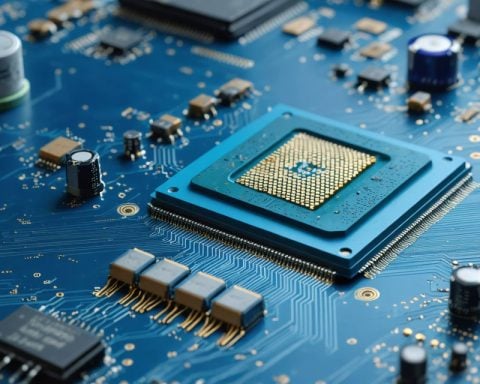Most games stick to the traditional formula of allowing players to control a single protagonist throughout their adventure. However, there are some titles that deviate from this structure by introducing extra characters to play as. While this can add variety, it often results in poorly developed and out-of-place gameplay experiences. Let’s take a look at some examples.
1. Clank – Ratchet & Clank series
In the Ratchet & Clank series, Clank is primarily a sidekick to the main character, providing information and assistance. However, the developers decided to give Clank his moments to shine by allowing players to control him in certain levels. Unfortunately, these levels feel like watered-down versions of the main character’s gameplay, with simplistic puzzles and platforming. It’s clear that these sections were not given the same level of thought and development as the rest of the game.
2. Big the Cat – Sonic series
Big the Cat, introduced in Sonic Adventure, stands out as one of the most disliked characters in the Sonic series. His levels revolve around fishing, which feels out of place in a fast-paced game like Sonic. These fishing sections are slow and tedious, completely killing the momentum of the game. Thankfully, the developers learned from their mistake and made Big into a more exciting character in Sonic Heroes.
3. Mary Jane Watson – Spider-Man series (Insomniac)
The Spider-Man games developed by Insomniac suffer from a similar issue. Periodically, the game pauses the action to focus on Mary Jane Watson, Spider-Man’s love interest. These sections feel forced and interrupt the flow of the game. The gameplay itself, which revolves around stealthy distractions, lacks variety and depth. Players are left frustrated and wishing these unnecessary segments were removed.
4. Silver the Hedgehog – Sonic the Hedgehog (2006)
Another Sonic character that received negative reception is Silver the Hedgehog, introduced in the 2006 game. While his psychic powers may sound interesting, the execution is flawed. Aiming his telekinetic throws is imprecise, and levitation doesn’t enhance platforming due to slow speed and slippery controls. To make matters worse, players are forced to play as Silver for a significant portion of the game, leaving them frustrated and longing for more enjoyable gameplay.
5. Atreus – God of War (2018)
In God of War, the sequel heavily implies that Kratos will pass the torch to his son, Atreus. Unfortunately, the developers stumble in setting him up as a successor. Atreus lacks the depth and abilities of his father, and the camera angles make dodging difficult. But the most disappointing aspect is the linearity of Atreus’ segments, where players are guided through narrow pathways without any exploration. These narrative-heavy episodes often focus on menial tasks, slowing down the pace of the game.
While introducing extra characters can be an interesting concept, it’s crucial for developers to ensure that these characters receive the same level of development and gameplay quality as the main protagonist. Otherwise, players are left with lackluster and frustrating experiences that detract from the overall enjoyment of the game.
Additional facts:
1. Extra characters in games can provide a fresh perspective on the story and gameplay, offering a break from the main protagonist’s point of view.
2. The inclusion of extra characters can create opportunities for cooperative gameplay, allowing players to work together to overcome challenges.
3. Sometimes, extra characters in games can serve as a marketing strategy to appeal to different demographics or expand the game’s appeal.
4. Extra characters can also add depth to the game’s lore and world-building, providing different viewpoints and insights into the game’s universe.
5. The success or failure of extra characters in games often depends on how well they are integrated into the overall gameplay experience and how much effort is put into their development.
Key questions and answers:
1. Why do game developers include extra characters in games?
Game developers include extra characters to add variety to the gameplay experience, enhance the story, or cater to different player preferences.
2. What challenges or controversies are associated with extra characters in games?
One challenge is ensuring that the extra characters have sufficient development and gameplay quality. If the extra characters feel underdeveloped or their gameplay sections are lacking, players may feel frustrated or disconnected from the game. Controversies can arise when extra characters are perceived as unnecessary or when they disrupt the flow of the game.
Advantages:
1. Extra characters can provide a refreshing change of pace and variety to the gameplay experience.
2. They can deepen the game’s lore and storytelling by offering different perspectives.
3. Cooperative gameplay with extra characters can foster teamwork and social interaction among players.
4. The inclusion of extra characters can expand the game’s appeal by providing content that caters to different player preferences.
Disadvantages:
1. Poorly developed extra characters can feel out of place or add frustrating gameplay experiences.
2. Extra characters that interrupt the flow of the game or force players into undesirable gameplay sections can detract from the overall enjoyment.
3. Integrating extra characters into the game can be challenging and may require additional development resources.
Related links:
– Making Extra Characters Work in Video Games
– The Role of Secondary Characters in Video Games
– The Importance and Impact of Secondary Characters in Video Games



















